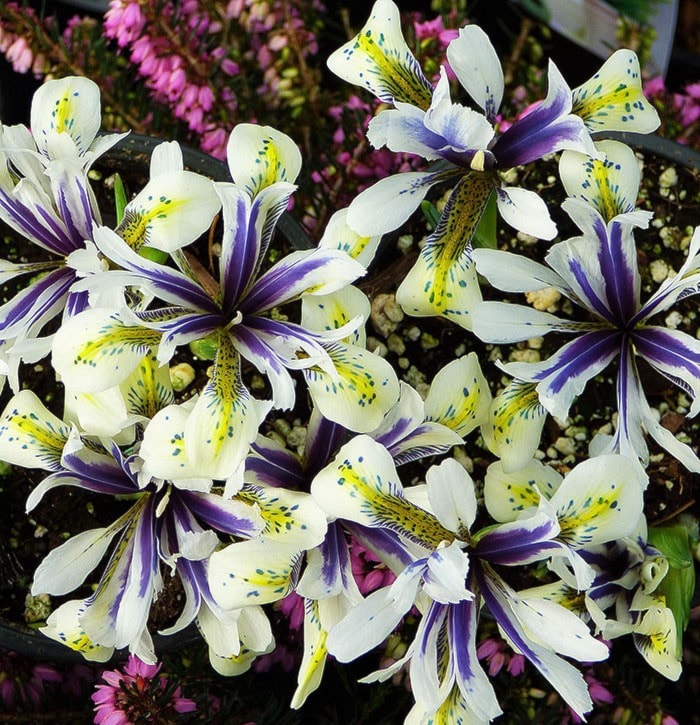I don’t know about you, but this past February left me feeling like Bill Murray in Groundhog Day – as the wintery view looking out my front door window seemed exactly the same every single day.
The only difference being that instead of waking up to Sonny and Cher singing I Got You Babe on the clock radio, I was being prodded out of bed at exactly 5:45 a.m. by my cat’s wet nose being shoved in my face – this being his friendly reminder that breakfast needs to be served immediately.
Now that Maple Ridge has finally thawed out of this month-long deep freeze, we can walk through our gardens to assess the dieback from the cold and the breakage resulting from heavy snow loads and ice.
But rather than focus on the downside, I thought I would remind us why early spring colour brings a greater joy after we have experienced a little taste of Winnipeg weather.
The minor bulbs often herald the arrival of spring and if you thought that was a solitary reference to Snowdrops or Galanthus, you would be wrong.
There are actually a large number of these reliably perennial bulbs, which form large clumps or drifts over time, including snow crocus, winter aconites and some of the early blooming iris, such as I. danfordiae and Iris reticulata.
Eranthis hyemalis (syn. cilicia) is the common winter aconite and the reason you don’t see them in more gardens is that the bulbs are miniscule and often overlooked for the larger tulips and daffodils.
Which is a shame, because once established, they form substantial drifts of bright yellow flowers that open in the sun and are encircled with a collar of green bracts, as shown in my good friend Judy’s Dover Street garden.
This same bulb size prejudice also seems to apply to snow crocus, which are passed by for the much larger Dutch crocus (C. vernus) corms – with the latter often falling over with a little rain or light snow. On the other hand, Crocus chrysanthus or snow crocus form large colonies of smaller-flowered stems, which hold up really well in adverse weather.
There is also quite a diversity of colour choice within this group, including ‘Blue Pearl’ (pale lavender), ‘Snow Bunting’ (white), ‘Goldilocks’ (yellow), ‘Ladykiller’ (purple / white), ‘Orange Monarch’, ‘Cream Beauty’ (creamy yellow) and ‘Zwanenburg Bronze’ (gold with bronze streaks).
I think the early blooming iris are another overlooked spring bulb with a lot of colour potential, a few common varieties include I. danfordiae (yellow) and reticulata types such as ‘Cantab’ (pale blue), J.S. Dyt (deep purple) and ‘Harmony’ (rich blue).
There are two new Iris reticulata cultivars worth looking for, the Canadian hybrid ‘Eye Catcher’ (white and blue), as well as ‘Spot On’ (two-tone purple).
These are normally available in the fall, but they can be found now as potted specimens at your local garden centre.
Winter heather are tried and true dwarf evergreen shrubs, with the compact Erica carnea and the hybrid group Erica x darleyensis being the local standards.
‘Race Rocks’, a new Erica carnea cultivar with deep magenta-pink flowers is worth seeking out, as are ‘Springwood White’, ‘Myretoun Ruby’ and ‘Springwood Pink’. ‘Kramer’s Red’, ‘Ghost Hills’ (pink), ‘Jack Brummage’ (gold foliage), ‘White Perfection’ and ‘Furzey’ (lilac) are all worthy varieties of Erica x darleyensis and are easily found now.
Last but not least are the Hellebores, with the newer Helleborus niger ’Snow Frills’ dazzling with its fringed double white blooms and the hybrid ‘Pippa’s Purple’ being added to the Frostkiss series by breeder Rodney Davey.
– Mike Lascelle is a local nursery manager and gardening author (hebe_acer@hotmail.com).
